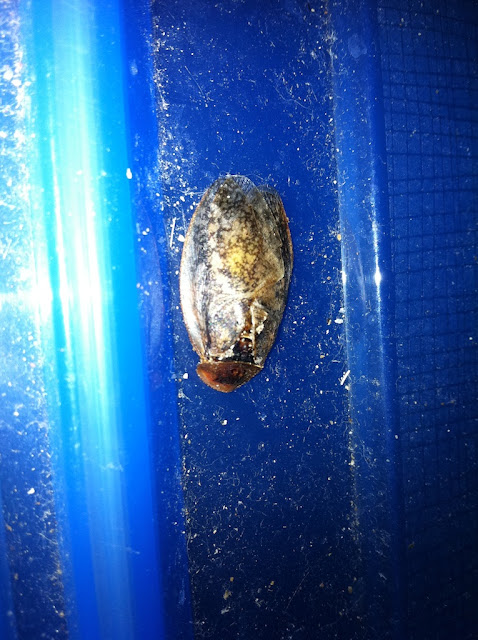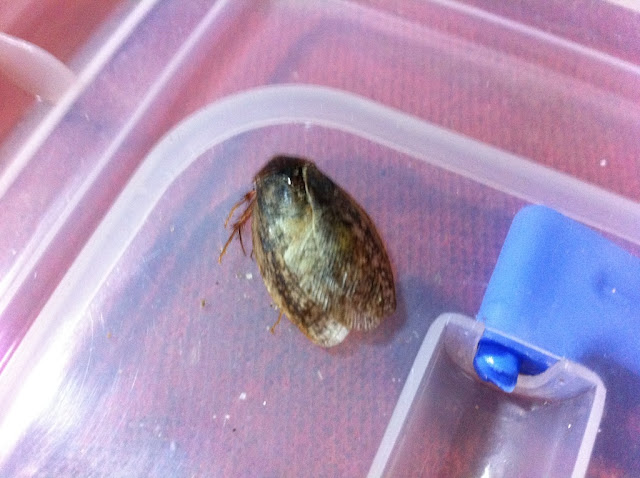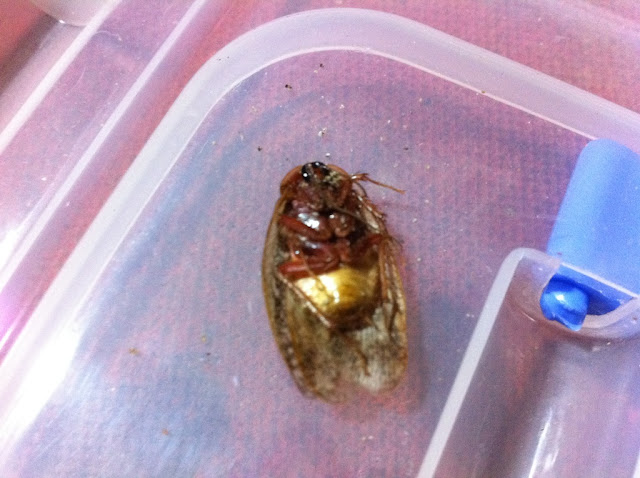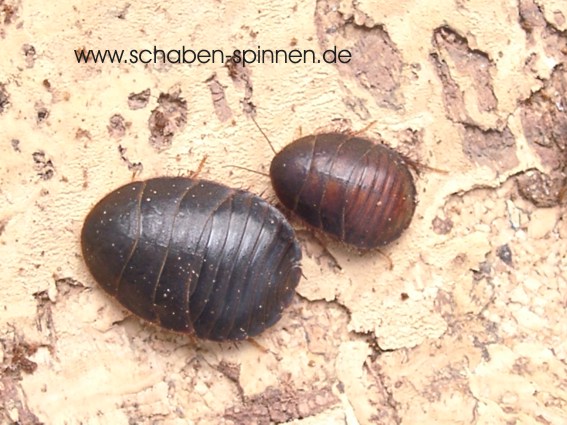macbrush
Fifth Instar
Since I ran out of medium size dubia for my geckos, so I went out to bird shop for some. I didn't check the bag carefully (stupid me), but i didn't know they have other kind of roaches for sell, and look through the bag they do look like roachy enough for me...
They are some kind of burrowing roaches judging by the shape and legs similar to their other burrowing cousins, can't climb at all, egg laying, adult size just under 1", adult colour dark brown. Can someone id them for me, please? Their shell is far too hard as feeders for geckos, so I am going to keep a small colony of them for the heck of it, well... maybe feed off some just molted if I caught them.
Thank you very much in advance
Cheers
Kenneth

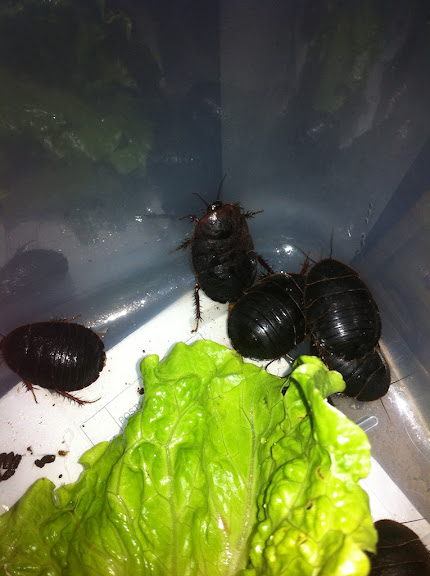

They are some kind of burrowing roaches judging by the shape and legs similar to their other burrowing cousins, can't climb at all, egg laying, adult size just under 1", adult colour dark brown. Can someone id them for me, please? Their shell is far too hard as feeders for geckos, so I am going to keep a small colony of them for the heck of it, well... maybe feed off some just molted if I caught them.
Thank you very much in advance
Cheers
Kenneth




